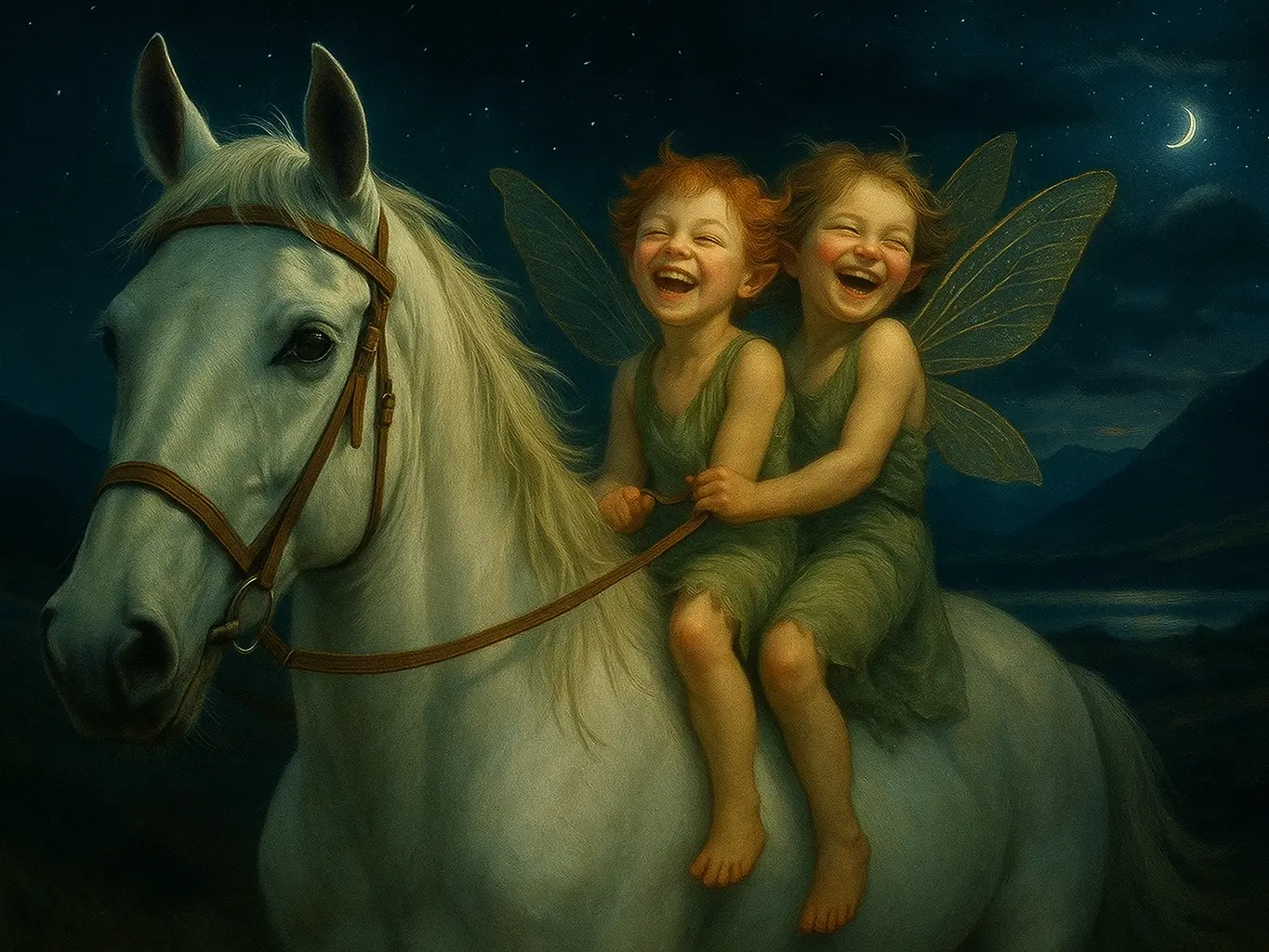
A fun little collection of different Scottish horse superstitions, mostly about equine loving fairies.
Read more
Horse Art Category
The Flaming Horse
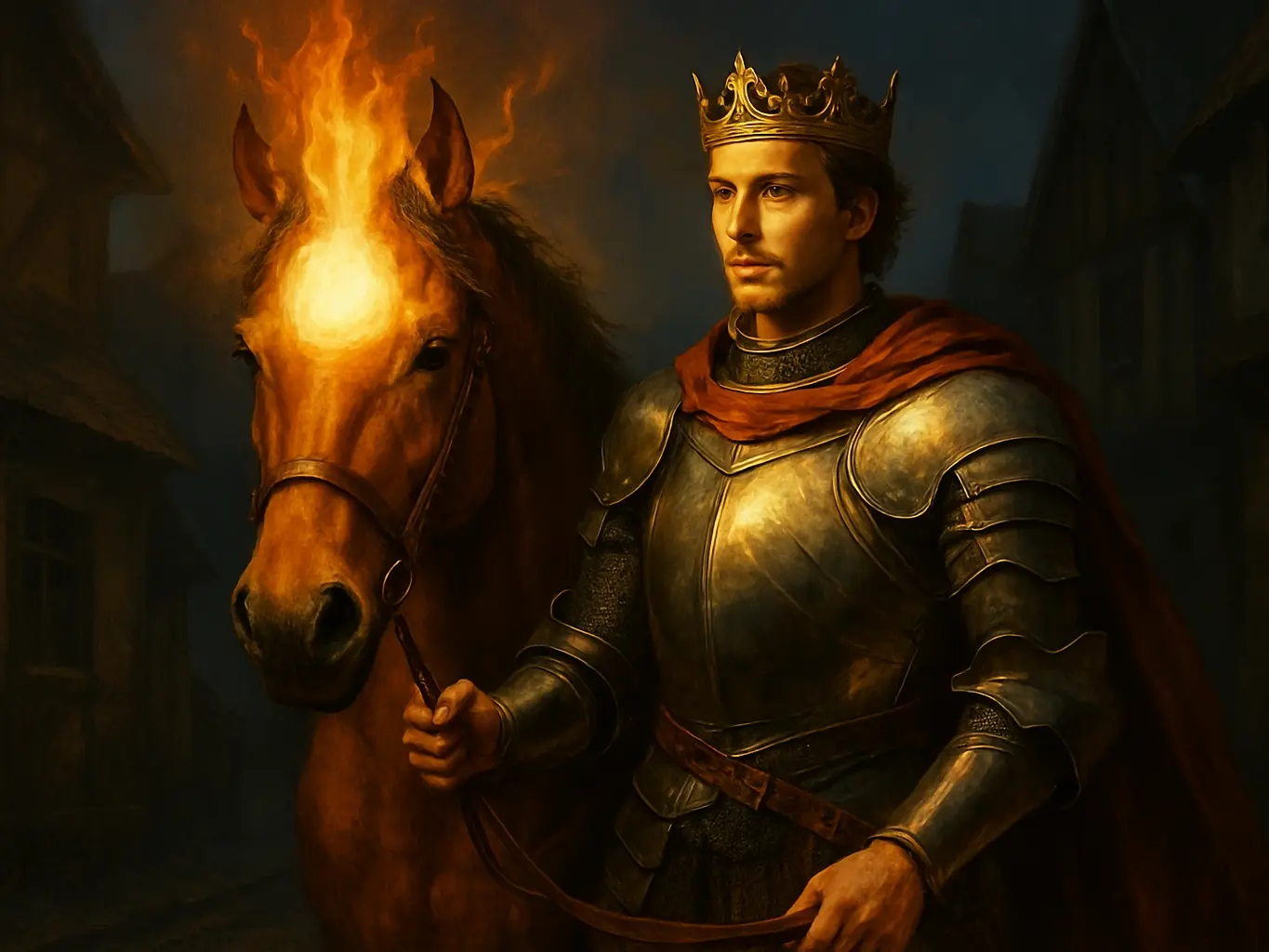
A rather strange tale about a horse so powerful, it carries a flaming sun around on its head.
Read more
The Wooden Horse
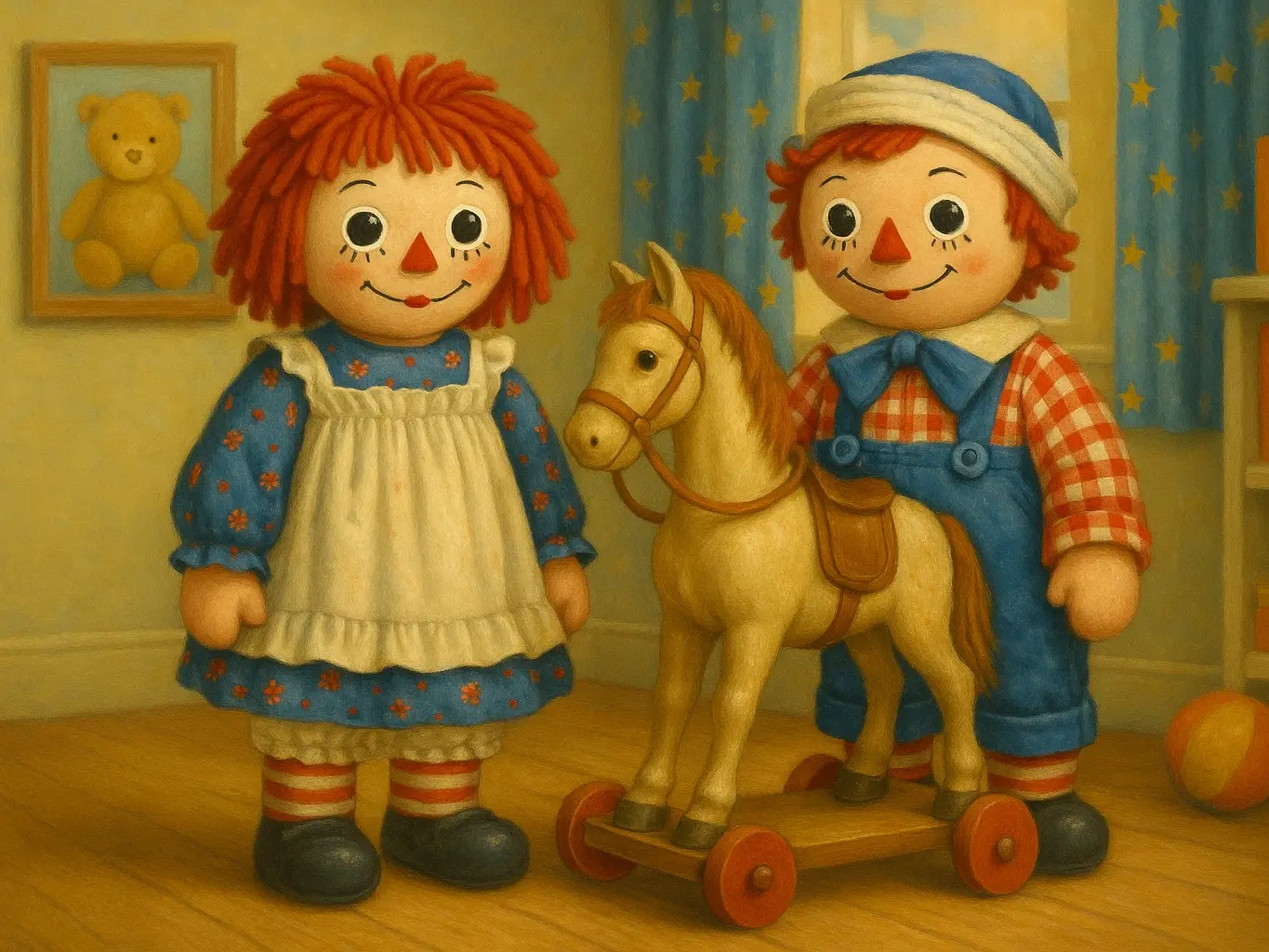
Part of the charming Raggedy Ann and Andy books, this one about a mischievous little wooden horse.
Read more
The Talking Horse
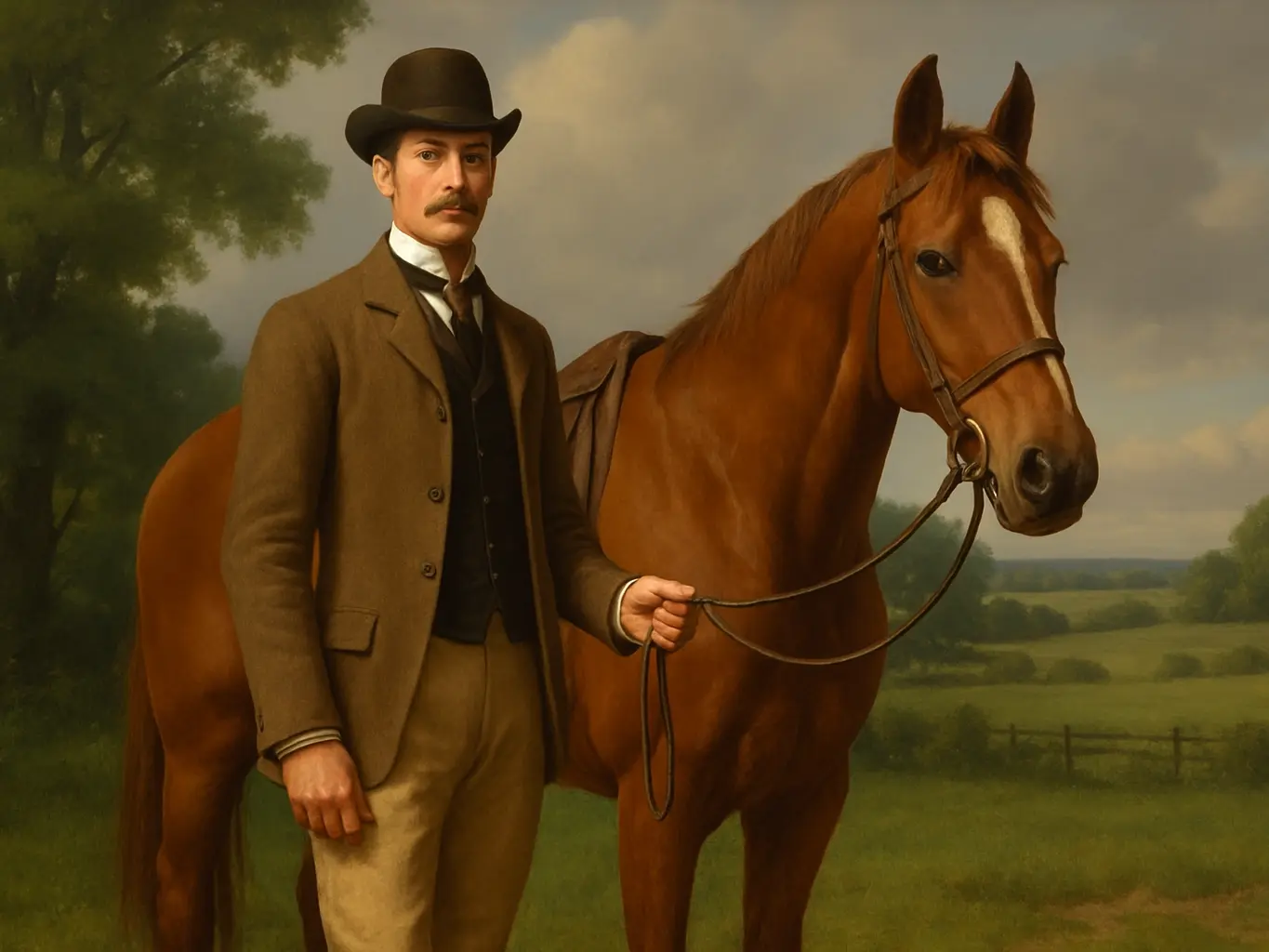
A strange little tale about a horse whose intelligence is slightly above average.
Read more
Cute 3D Characters and Horses in AI – Oceana

Generative AI is a useful tool for a variety of purposes. Especially making images of the absolute cutest characters, what’s not to like?
Read more
The Story of the Magic Horse
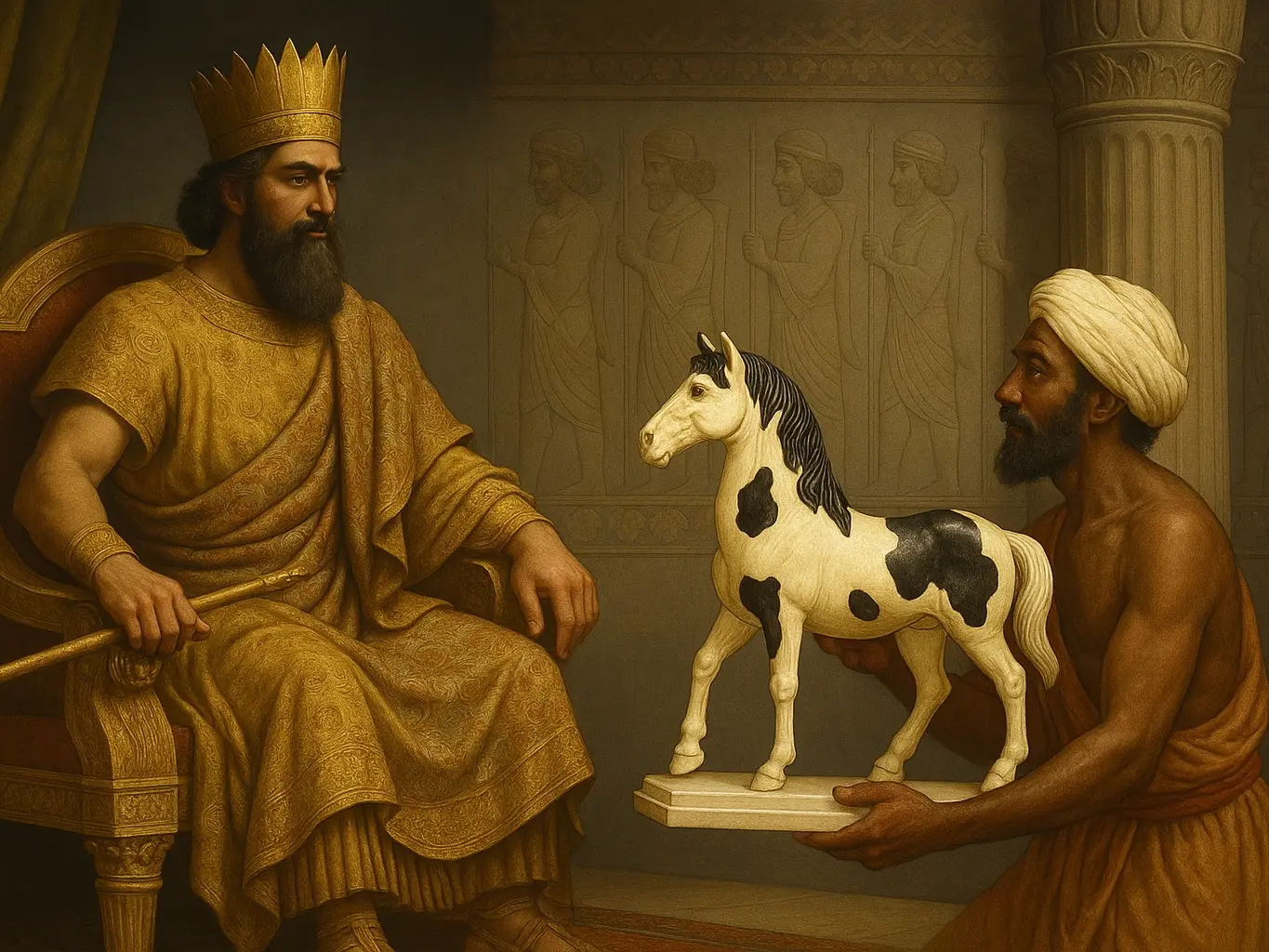
The tales from Arabian Nights have delighted readers for a very long time, luckily there is a magic horse tale among them.
Read more
Traditional Woman and Horses in AI Pictures – Oceana
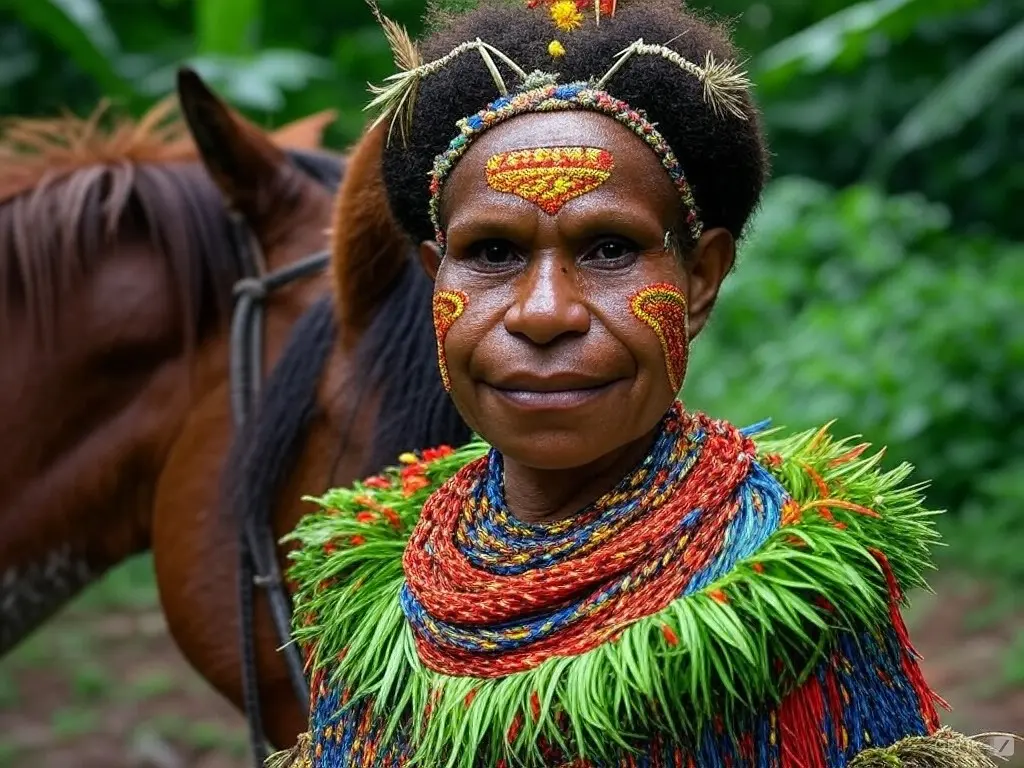
Generative AI is a useful tool for a variety of purposes. Especially making images of pretty girls with horses, what’s not to like?
Read more
A Horse Who Wore Snowshoes
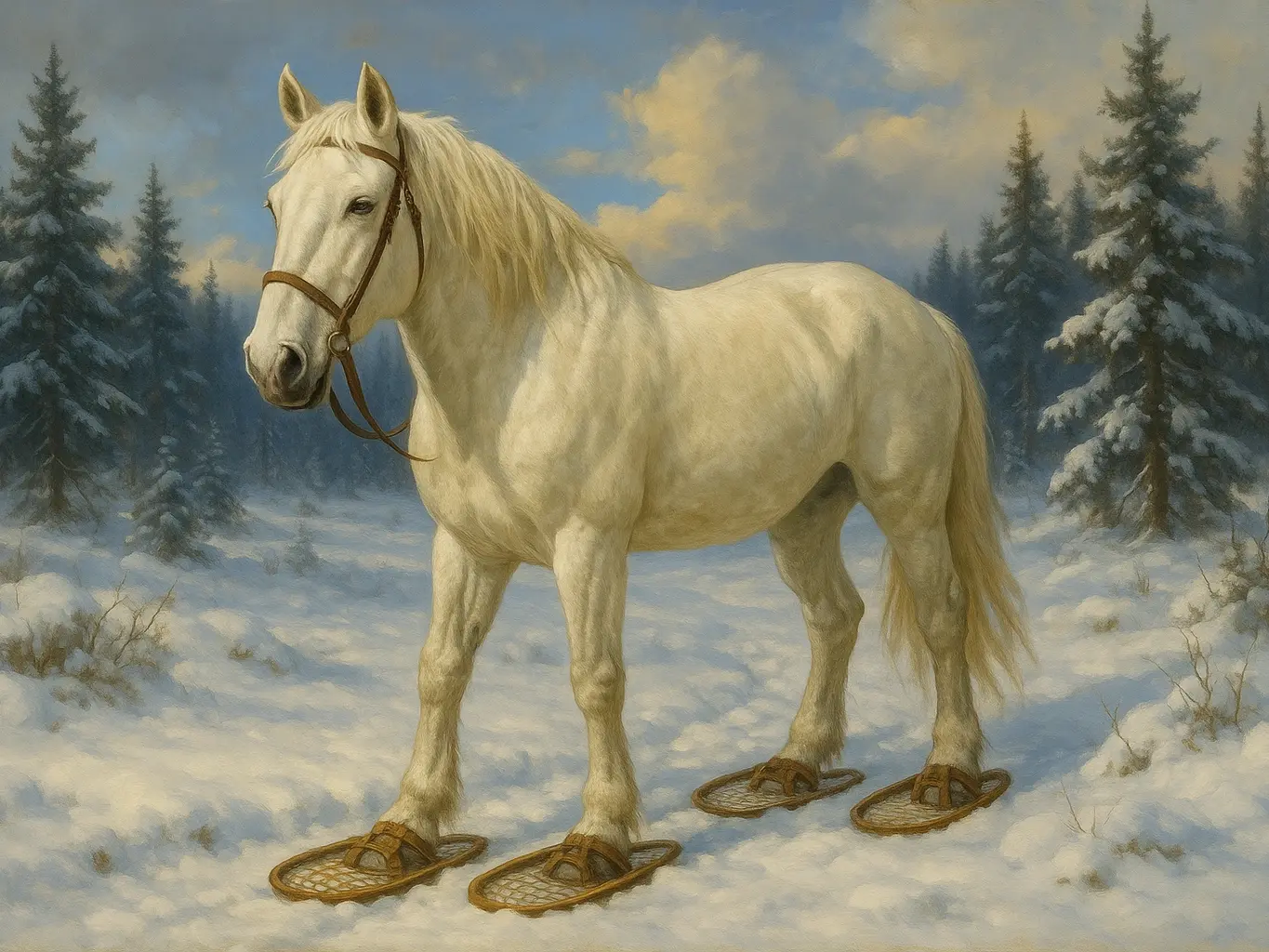
A cute little tale with an honest moral at the end. There is something super charming about simple old tales like this.
Read more
Cute 3D Characters and Horses in AI – Far East

Generative AI is a useful tool for a variety of purposes. Especially making images of the absolute cutest characters, what’s not to like?
Read more
The Black Horse
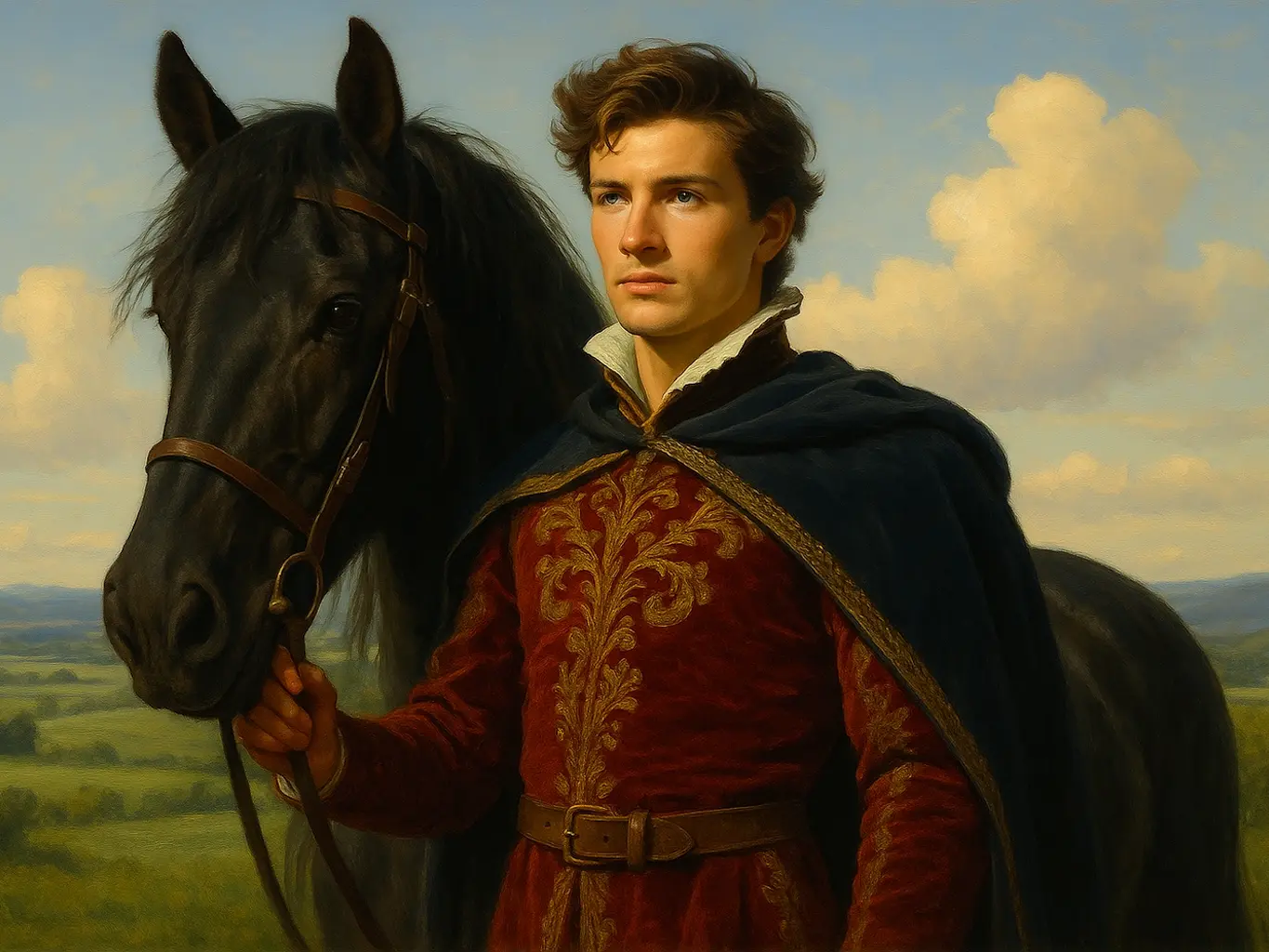
The tale of a mysterious black horse and it’s affect on a grieving young prince.
Read more
Traditional Woman and Horses in AI Pictures – Far East
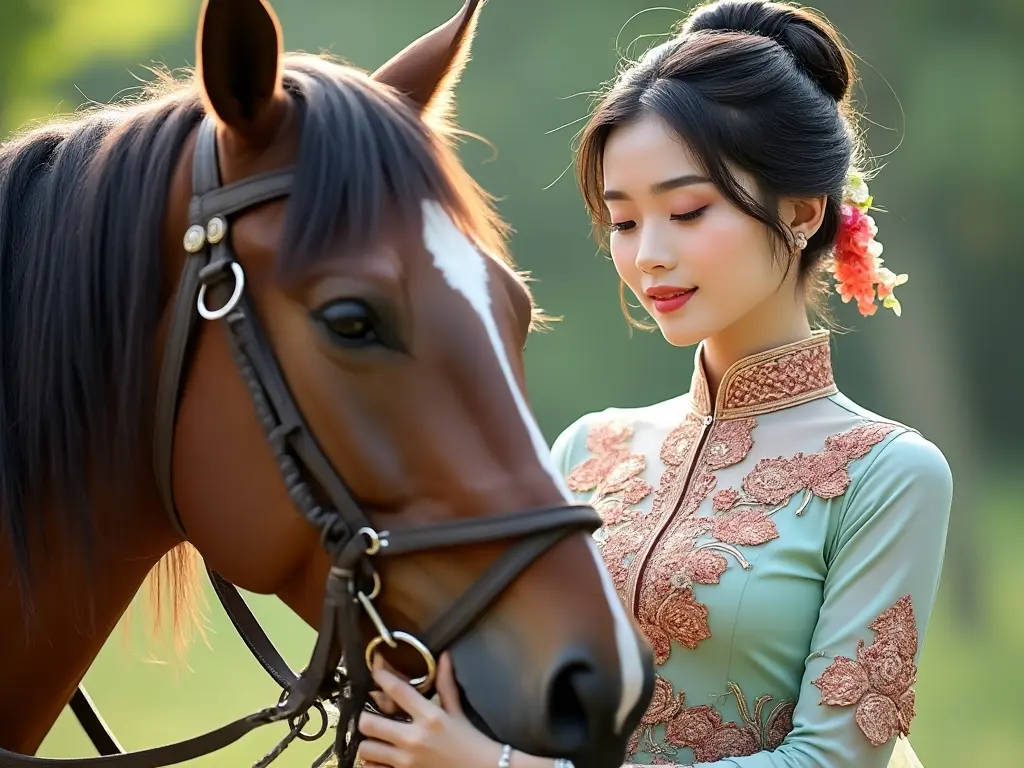
Generative AI is a useful tool for a variety of purposes. Especially making images of pretty girls with horses, what’s not to like?
Read more
A Horse’s Tale Chapter 15 – General Alison to Mrs. Drake, The Colonel’s Wife
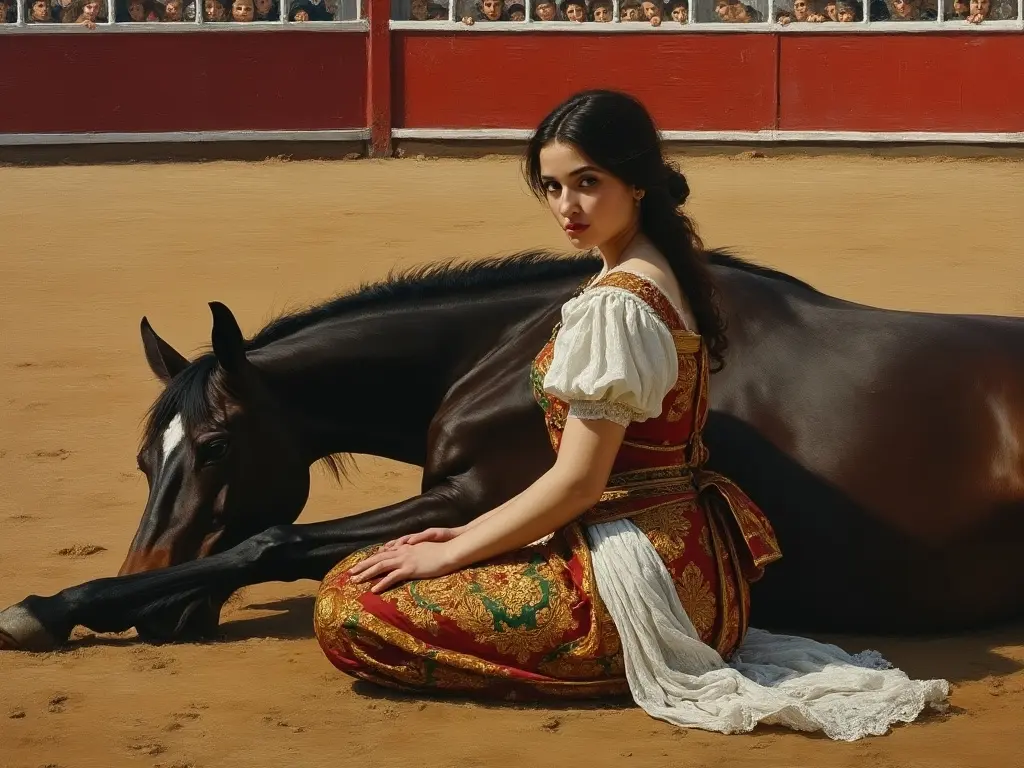
From the man who gave us Huckleberry Finn, Mark Twain’s story about Buffalo Bill’s horse was written to call attention to the senselessness of bullfighting.
Read more